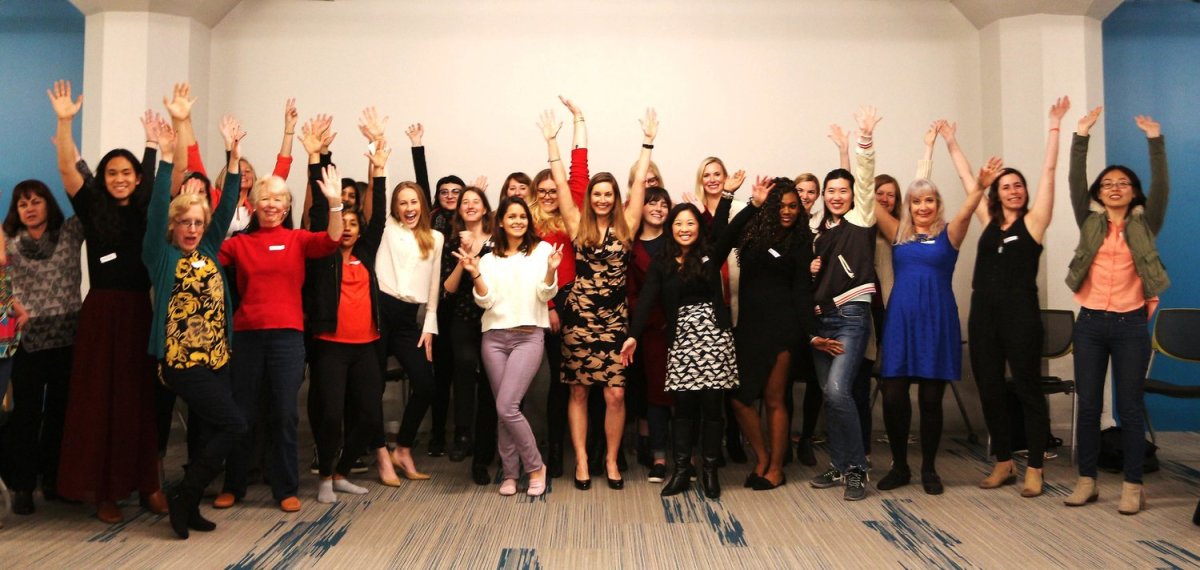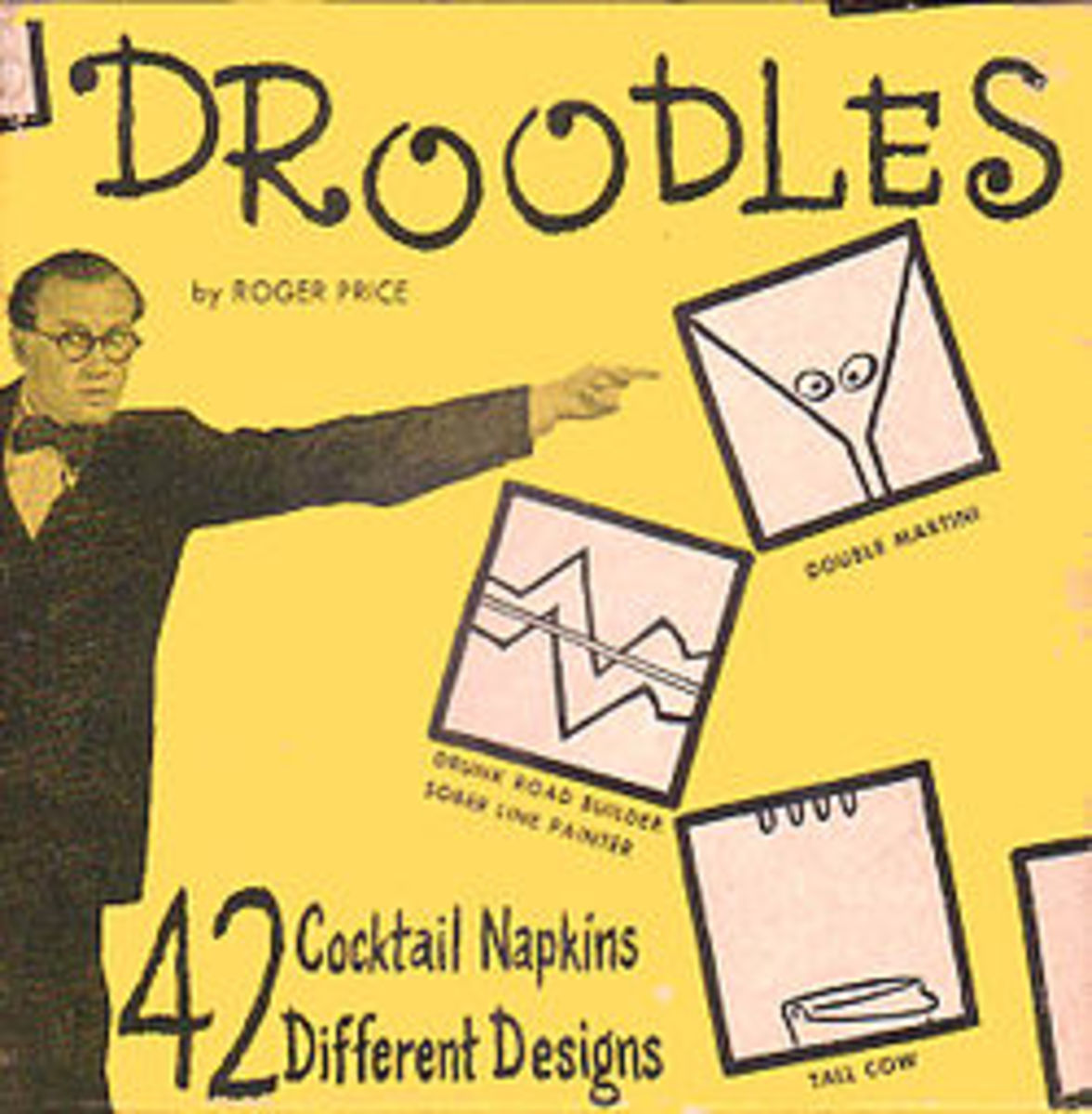How to become Time Intelligent and increase your ability to apportion time wisly

Time is an important but free currency given to us. It's a basic resource and unit for productivity. But how productive we become depends on how we leverage this incredible resource that has been freely given to us by God in our sojourn here on earth. Day after day I ask myself this question. Why is it that all us are given the same amount of time but most of us are more productive than others? The question of productivity is difficult to measure but I'm talking of productivity here in terms of using time to create tangible objects or forms with perceived value. We have a relation with time in terms of activities or tasks that have been apportioned to time. How can we use our time wisely or intelligibly as to create value in terms of outcome we achieve?
Time intelligent means that we need to understand that time uses us. Therefore, we need to have a clear understanding of how we think about time and apply the knowledge to achieve more. Understanding is an internal construct of meaning making about time.
In this article I'm going to describe the different ways people look at time and how you can take advantage of this knowledge to improve your completion drive.
You have a relationship with time
It's important to know that we have a relationship with time. Time uses us. Therefore, for us to be savvy in terms of how we use time it's important to understand this fundamental fact which does impact the results we get with time. Lets take for example of the three ways we can make decisions with time as a relative function.
- You make decision
- Someone else makes decisions for you
- Time passes and makes the decisions for you, the opportunity is gone
In both case no mater how the decision is make time is a major constraint. Hence, understanding the value of time in decision making is very important is we're going to optimize the outcome of this exercise - decision making.
These decisions could vary depending on our disposition but most of the time they're geared towards some accomplishment or solutions to problems. For us to be successful in terms of being productive we need to more knowledgeable, aware and flexible in the use of this precious resource. Hence the need to get time on your side.
How to get time on your side
Getting time on your side will come form understanding your thinking towards time. A lot has been written on time management. But time cannot be managed. Time is meant to be used and shared between tasks or activities. The important question is this:
How can I manage myself in relation to time?
Remember I said that time is shared between tasks or activities. How do you respond to time in terms of the things you do.
- Are you drawn to task and want to do it?
- Do you do things because it must be done?
- Do you do other things so that you can put off things you want to avoid?
In her book Self Motivation, Frances Coombes mentioned different ways people can relate to time.
- 'In time - where an individual live for the moment 'right now.'
- 'Through time' - where you are able to plan each moment, and know precisely where you will be and what you'll be doing in 'ten' years time.
- 'Behind time' - dwelling on the past and how different things are now.
- 'In the future' - living in te future, sought of dreaming for the best shut down on the present.
- 'Drifting through life'- just as casual; observer, and suddenly realizing that that time has passed 'what has happened to all our time'.
How do you see time in relation to goal setting and problem solving
Having a clear understanding of how you relate with time has effect on your ability to set and achieve goals. In solving problems you are moving away from the problem to ma solution space and the effectiveness and efficiency of this exercise depends a lot on how you relate with time.
Mike Treasure, a physicist and NLP trainer has this to say bout time in relation to goal setting and problem solving.
'Understanding how you relate with time in relation to goal setting and problem solving increase awareness and flexibility with time. Plan ahead and tidy up the mental clutter around unmade decisions that rob you of total commitment to your goal.'
Therefore if you are going to solve a problem with time, your own or other people's, you need to have an overview map of how individuals think of time.
In order to discover how someone considers time, ask them to pick a location and stand where they want their 'now' to be located. Then ask them to point and walk to where they see their past and future. Get them to talk you through the decisions based on their continuum and explain their thinking about how they will complete a difficult task various points, you can achieve a sense of how they perceive the problem in relation to time.
This exercise is very important because it goes to reveal their unconscious thought - identity, belief and value in relation to time. It will also help to challenge their thinking in terms of enhancing their completions drive problem space.
Improve your completion or execution drive
Future
Away from pain ------------------------------------------------ Toward pleasure
Past
This exercise is taken from Self Motivation by Frances Coombes p. 223 -224
The above drawing in two dimensions Away from pain and Towards pleasure on the horizontal and Future vs Past on the vertical . An imaginary line is drawn to join these attribute. This is a simple feeling- based exercise. You need to do it so as to appreciate intense realization import as you stand on different parts of the time line.
The instructions are as follows:
- Find a large clear space and write the words Away from, Towards pleasure, Future, Past, on large sheets of paper.
- Stand where you consider yourself to be in relation to the problem. ( This might be: 'I want to ask for a pay rise ' or 'I want to write a book'.) Then place the sheets of paper on the ground in the position you feel represent your Past, Future, Towards and Away From. See diagram above.
- Stand on your 'now' at the place where you feel most comfortable in relation to time ans the pain and pleasure of achieving your goal. Think about the challenge you want to undertake and close you eyes and breathe deeply. As you do so, notice any thoughts and feelings you are experiencing.
- Step outside your model for a moment and move to the edge of the room. You may even want to stand on a chair to look down and get another view of where you chose to stand in relation to time and pain and pleasure. Look down on the situation, are you surprised at where you positioned yourself?
Future
Away from pain ------------------------------------------------ Toward pleasure
Past
- Now step back onto your model to where you feel most comfortable on the 'Away from pain-Towards pleasure thinking style line. Are you standing closer to one extreme than the other? Notice what you think and feel about yourself in relation to the project.
- Now move along your thinking style line a little at a time, towards the other extreme of thinking that you normally shy away from when planning ahead. Describe what you feel as you get closer to the other extreme. It may be uncomfortable standing closer to pleasure if you habitually motivate yourself to pain. Nevertheless, describe out load what you are feeling and any new insights you have received from imagining the pleasure of a successful completion, and the celebration and recognition that comes with it.
- Notice what you are feeling about the project as you stand in different points.
- Then move along the 'past' and 'future' line, as before.
- Experiment with where you stand and what you feel at different points on the model. Notice and carry back all the extra information and insights you have collected about your future undertaking.
On the whole intelligent response on how you relate with time is key to becoming more productive in problem solving as it relates to goal achevement.
- Your First Hub Part 3 : Using The HubTool
Once you've picked out the title, URL, category, and tags for your Hub, you will be taken to the HubTool, which is the place where you will edit and assemble your Hub. The HubTool allows you to add and edit text, video, photos, maps, polls,... - Hubpages 101: A Fine Hub or Good, Powerful Hub with ...
What do the best or fine hub have in common? A powerful message and good quality length of writing. - Promote Your Hubs Using Tags :: How To Create Custom...
If you're looking for a new way to promote your web pages, why not try custom RSS feeds? Did you know that you can use the tags at HubPages to generate custom RSS feeds that highlight what YOU want to feature? Well, you can, and these web site tricks - Her Time - Your Time
Her Time - Your Time Waiting for no one; just marches on and on. She can’t be stalled in her timeless journey. Store her you cannot; buy her you cannot. Forget her at your mercy; No... - Time - No Time To Sit
Time - No time to sit Can you not just sit for a little while? Cos must have travelled many a mile. Aren’t tired? After ticking constantly? Always seem to be passing by quickly. Time flies;...







